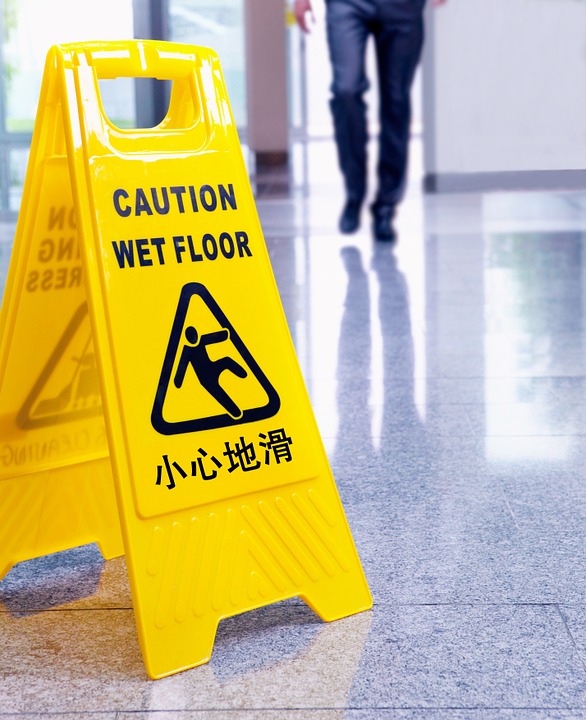There are two different classifications for fraud – hard fraud and soft fraud. Below we’ll explain both types and provide tips on how to prevent becoming the victim of either, and what you should do if you find yourself in a situation you suspect may be fraud related. Hard fraud is defined by premeditated, planned and deliberate acts of fraud. This can include, but is not limited to, someone cutting another driver off and slamming on their brakes with the intention of causing an accident, creating the need for an insurance claim through theft or arson, and faking a death to collect a life insurance policy payout.
Soft fraud, often also called opportunistic fraud, is usually unplanned and only arises when an opportunity arises which offers a situation for someone to take advantage of for insurance purposes. This can include, but is not limited to, claiming injuries from an accident are more severe than they actually are to get a larger settlement or time off work, claiming stolen or damaged property is worth more than it is for a higher replacement payout, faking or causing an injury in order to process an insurance claim, and exaggerating any other claims that would otherwise be legitimate.

The most important first step in identifying potential fraud is trusting your gut feeling – if something seems off or it seems too good to be true, it often is. While there are some fraud scams and schemes which are carefully thought out and planned to avoid raising any red flags, in most circumstances something about the situation will cause you to become suspicious. Whether that be taking notice of a driver following closely and/or following your movements on the roads, noticing someone lingering around a parking lot or garage and approaching only when you begin to move your vehicle, or someone appearing out of nowhere if an accident has occurred claiming they’ve been injured. To help protect yourself and aide any investigations which may help reveal insurance fraud, if you find yourself involved in an incident or accident of any kind that you suspect may have been staged or where there is damage or injury of any kind, call 9-1-1 and tell them you think you’ve been involved in a staged collision or incident. You should then begin to collect as much information as possible as soon as possible. This includes writing information down for anyone involved in the incident or crash as well as descriptions of damage and/or injuries, taking photos of damaged areas and the scene surrounding the incident or crash, and taking note of any security cameras in the vicinity. You should also approach anyone in the area of the incident or crash and ask them to provide their information as witnesses for the police to contact should there be a report or claim filed. Fraudsters will sometimes use accomplices to act as witnesses to support their claims, so consider getting information for as many witnesses as possible and not just of people who may come forward to offer their information. While fraudsters are becoming cleverer and more sophisticated with each new scam they come up with, there are ways you can detect suspicious activity and protect yourself from becoming a victim of fraud.






